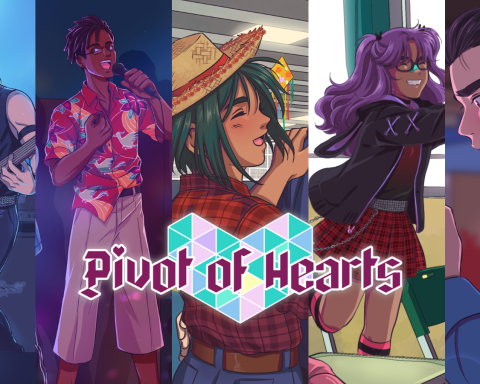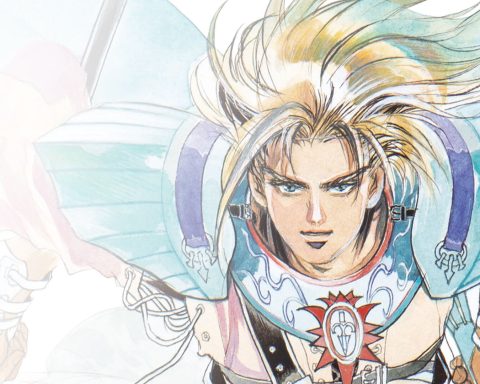These credits read like a who’s-who of the video game and sound industries: character design by Doug TenNapel (creator of Earthworm Jim), developed by Ed Schofield and Mike Dietz (the creators of The Neverhood), original score created and recorded by Terry Scott Taylor, and the voice talents of Jon Heder (Napoleon Dynamite), Rob Paulsen (Pinky and the Brain), and Michael J. Nelson (Mystery Science Theatre 3000). It sounds like a dream team, but it truly is a list of those involved with Armikrog. Pencil Test Studios’ used Kickstarter to aid with funding for Armikrog a couple years ago, and now the claymation point-and-click adventure game has been released. But does the game live up to the expectations?
Related reading: An interview with Mike Dietz of Pencil Test Studios.
The story is certainly one we’ve seen before in many forms: the hero gets stuck someplace and needs to escape. In this case, Tommynaut and his blind dog Beak-Beak are trapped in a fortress and have to escape using their puzzle-solving skills. It is said to be the spiritual successor to The Neverhood (first The Legend of Legacy and now this? What’s with all the so-called “spiritual successors” lately?) but as I have no experience with and little knowledge of that game, I unfortunately cannot comment one way or the other on if it lives up to the title.
Armikrog is weird. The blind dog has no face. Super fuzzy blocks are useful. The fortress is made up of texture and colour upon more texture and colour. There is a strange, long video with a voice that doesn’t speak English and in which the only recognisable word is “Armikrog.” But the weirdness is downright delightful and works amazingly with the claymation.
As someone very familiar with point-and-click adventures, the gameplay was a snap to figure out. Click to move Tommynaut to that location. Click on Beak-Beak to activate him. Click on objects to pick them up or make them move. The unfortunate thing is that Armikrog doesn’t do these basic tasks so well. Sometimes you’ll have to click past a door to enter a new room, other times you have to click on the doorway itself; whether the doorway is horizontally or vertically placed doesn’t make a lick of difference.
The puzzles aren’t easy, nor are they all that difficult: they sit in this wonderful in-between place where I like to reside, when sometimes you’ll get stuck and have to go back to look for something or try again but it is never actually impossible to complete a task without the aid of a walkthrough. I’ve read many complaints that the game isn’t long enough, but I disagree and find a lot of value in being able to replay it.
There is a common complaint that I’ve seen about that I do somewhat agree with though: the money was wasted on graphics/sound rather than being spent on functionality. I am glad that the developer was able to put so much effort into the animation, as it is so utterly charming and retro that I cannot get enough of it, and often find myself an inch away from the computer monitor looking at things more closely. There were also times I felt the need to unplug my headphones and blare the music for the world to hear while I bopped around in my chair (not ashamed to admit it).
The unfortunate side is that there are other areas, around the precision and accuracy of the gameplay, in which some extra time and TLC would have really paid off, and this is what keeps the game from being an absolute can’t-miss title. Sometimes the plot takes a backseat to the graphics, and getting from point A to point B seems like a lot of waiting and only a little exploring. The user interface is beyond poor, and even something as simple as the load/save menu itself is actually quite terrible: there are no time stamps so, if you are juggling a couple of different saves at a time, it’s difficult to remember which is which. In my case, I had two files (one named and one auto-save). I couldn’t remember which I wanted to use so I took a guess and was wrong, but in the process the game wrote over my actual save (the auto-save) and I lost an hour of playtime.
I’m not saying Armikrog isn’t worth a go; it’s charming, happy, and reminiscent of the time when stop motion was the most impressive style of animation. The game is delightfully odd and will absolutely make you laugh at least a handful of times. Unfortunately, the overwhelming lack of care put into some stuff that modern developers really shouldn’t be getting wrong is noticable.
– Lindsay M.
News Editor









